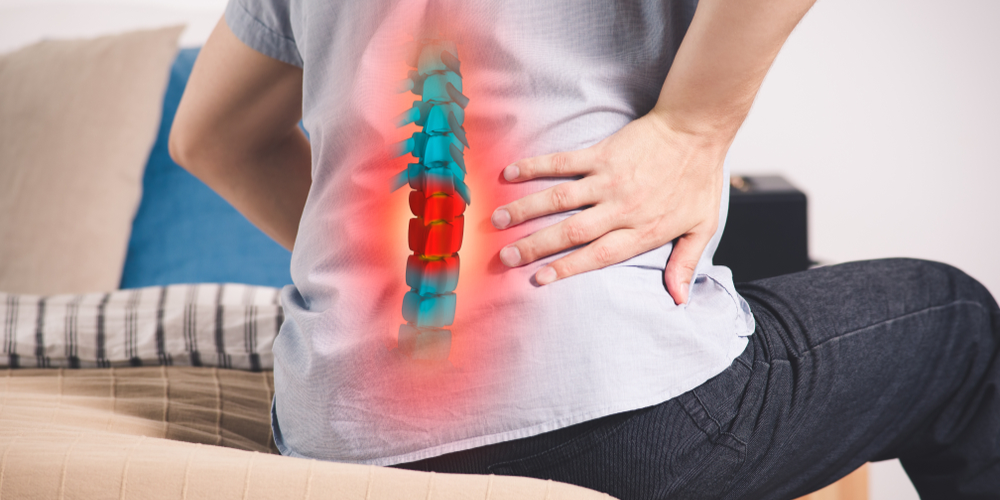A slipped disc, also known as a herniated or prolapsed disc, happens when a spinal disc’s soft, gel-like centre is forced through a crack in its tough outer layer. This causes pain, numbness, or weakness, particularly in the back, neck, arms, or legs.
If you are a patient with a slipped disc, you need to receive proper treatment and perform proper exercises that can alleviate symptoms, improve mobility, and prevent further complications. In this article, we will explore everything you need to know about slipped discs and learn how to manage them effectively.
Understanding the Slipped Disc
The spine consists of vertebrae protected by rubbery cushions called discs that act as shock absorbers. When a disc herniates, it pushes on nearby nerves, which can cause discomfort and restricted movement.
Some common causes of slipped discs include ageing, heavy lifting, improper posture, and sudden trauma. Early diagnosis and intervention are key to effective treatment. For professional guidance, you can seek slip disc treatment in Delhi.
Treatment Options for a Slipped Disc
Maintaining a healthy lifestyle is vital everywhere, and so is taking care of your back. If you won’t, who will? Be watchful if you put stress on your back while maintaining the right posture to reduce strain on the spine. Medication is required when you experience pain; relievers prescribed by a chemist or your doctor effectively relax your muscles and reduce inflammation.
Physical therapy can also help in strengthening your muscles, which can also improve support and flexibility. In extreme cases, you might also be required to have a
Corticosteroid injections can reduce inflammation and pain. As a last option, procedures like discectomy or laminectomy may be recommended if symptoms persist despite conservative treatments. If you live nearby, you can look for slip disc treatment in Defence Colony.
Best Exercises for Slipped Disc Recovery
Regular exercise can alleviate symptoms and prevent recurrence. Consulting a healthcare professional before starting any exercise regimen is suggested. You can perform pelvic tilts. To do this, lie on your back with your knees bent and feet flat on the floor. Tighten your abdominal muscles and tilt your pelvis slightly upward. Hold for 5 seconds, release, and repeat 10-15 times.
Another is the Cat-Cow Stretch, in which you start on all fours, arch your back, and then round it upwards. This stretch improves flexibility and relieves tension in the spine.
Perform the McKenzie Extension, where you must lie on your stomach and prop yourself up on your elbows. Hold the position for 5-10 seconds, then relax. This helps reduce pressure on the herniated disc.
Finally, a Knee-to-Chest Stretch to finish it off,
If you are worried about your slipped disc, lie on your back and gently pull one knee toward your chest, holding it for 10 seconds. This exercise helps relieve lower back tension. If you are worried about your slipped disc, watch out for slip disc treatment in Punjabi Bagh.
Conclusion
A healthy weight is key to reducing strain on the spine while maintaining good posture, especially during prolonged sitting or lifting weights. Include core-strengthening exercises into your routine to support the spine and strengthen your back.
By combining proper treatment with targeted exercises, you can effectively treat your slipped disc if you are experiencing it or avoid it if you haven’t. By following these effective tips, you can regain mobility, reduce pain, and enhance your quality of life.

